Starlink Hi-Speed Satellite Internet
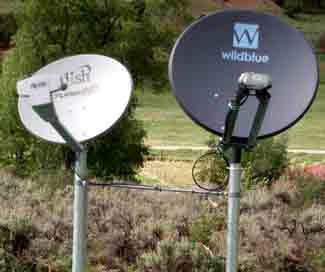
StarLink Hi-Speed Satellite Internet will be available before the end of the year (2020). The speed and performance will far exceed that of traditional satellite internet systems currently available.
Eventually SpaceX will have 40,000 satellites in orbit so there will be a connection available anywhere on earth. For now they are concentrating on the US and Canada.
By reusing their rockets and launching sixty satellites at one time SpaceX has reached a new level of efficiency resulting in greatly reduced costs.
Still, there is an initial outlay of $600.00 for the sat. dish and receiver (which they originally said would be about $100.00), plus $110.00/mth.
Unlike our current TV satellites which do not move, these satellite scream across the sky in about 4 minutes. The satellite dish automatically tracks the satellite in range (if there is one) and then finds the next one. Like a cell tower these satellites can get full of users and you can have trouble getting connected. At the moment there might only be two or three satellites available but this will get better as they launch more satellites.
Starlink Update May 8, 2022:
Starlink is now offering their “Portability Service” that allows their user to receive satellite signal in more than one location when traveling on the same continent. It costs and addition $25,00/mth.
As portability rolls out, the current automatic and free roaming is coming to an end in June. You also need to be in cell range to update your location on their app.
Starlink’s updated FAQ and terms of service reveal a few other interesting details too – including a major change related to in-motion usage now being grounds for canceling your account. This service will return when Starlink gets more satellites launched.
However, customers who are using the portability feature to roam should “expect lower service levels” than fixed users.
Right now you need 105° of clear sky. That equates to 300 to 400 sq./ft. of open space with no trees.
Your Internet Choices Today:
While we wait for Elan Musk to revolutionize our lives lets briefly consider what Internet services are available today.
First Choice: Hard Wired Cable
If available your first choice should be your local TV cable company. A hard wired connection is still the best way to transmit network information. In many cases nowadays the main trunk is fiber optic cable. Speeds up to 60 Meg are available if you want to pay for it but most people have a 30 Meg. plan.
Comcast, rebranded as Xfinity, is the biggie in my area, offers TV Internet, & phone. Bundling with one supplier will get you the best package price. Time-Warner, branded as Spectrum, is another huge cable company.
You’ll get Hi-Speed and unlimited download for a reasonable price.
The tiny town of Creed , Colorado actually has fiber cable directly available to every home from a company called Ciello. If you live in the San Luis Valley check them out.
Second best Internet choice:
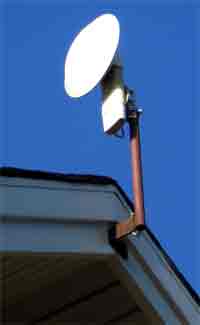
There are myriad local “wireless” Internet companies. You’ll have to check locally to see what’s available. These companies have a local hub tied to a fiber optic trunk. They send the signal to your house wirelessly, using precisely aimed antennas. They can jump from one house to another to reach yours.
They will install a “pie-pan” antenna on your house to connect you to their local office.
Their plans will offer a finite download amount, like 25 Gig. If you go over the amount of your plan your speed will be throttled down allowing just enough for e-mails. To put that in perspective, one movie from NetFlix will need about six gig.
Third best Internet choice:
Many folks in very rural areas have CenturyLink phone service. The service is hobbled by the type of wire they used but when it was installed Internet wasn’t a thing. Still, it’s better than our last choice.
Last Choice for Internet service, Satellite Internet:
If you live too far from a wireless company and don’t have cell service, your last choice is satellite Internet. The service is slow, severely limited, and expensive. A constellation of aging satellites in geosynchronous orbit provide the Internet link to ground based hubs. Each satellite cost well over $100 million to build and launch.
Cell Phones and Hot-Spots:
If you are within range of a cell tower your cellular provider can deliver Internet service. Everyone is excited about the new 5-G service. This speed is actually pathetic by comparison to cable but it works for basic communication. It works for checking email, streaming music on one device, , searching on Google, and a host of apps.
It is not robust enough for gaming, streaming music on a system like Sonos, or streaming HD TV. It’s just enough for Skype & FaceTime but you may have service interruptions.
I will cover cell boosters in another blog. There is so much written on that just google it.





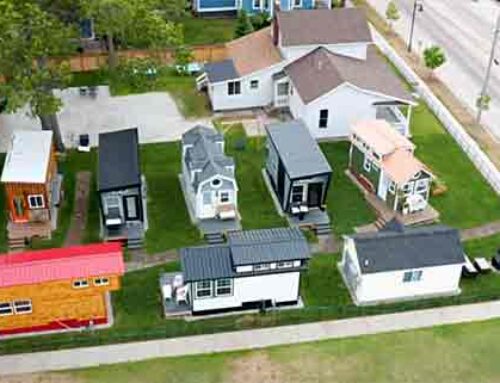
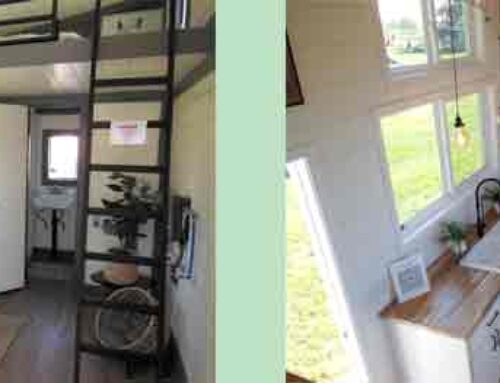
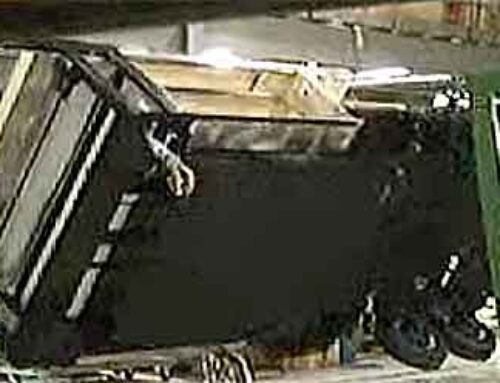
StarLink is now beta testing. Visit this page to use link to see if you can order yours. Available in most of U.S. and Canada. The speed is phenomenal. https://tinylifeconsulting.com/starlink-internet-now-operational/